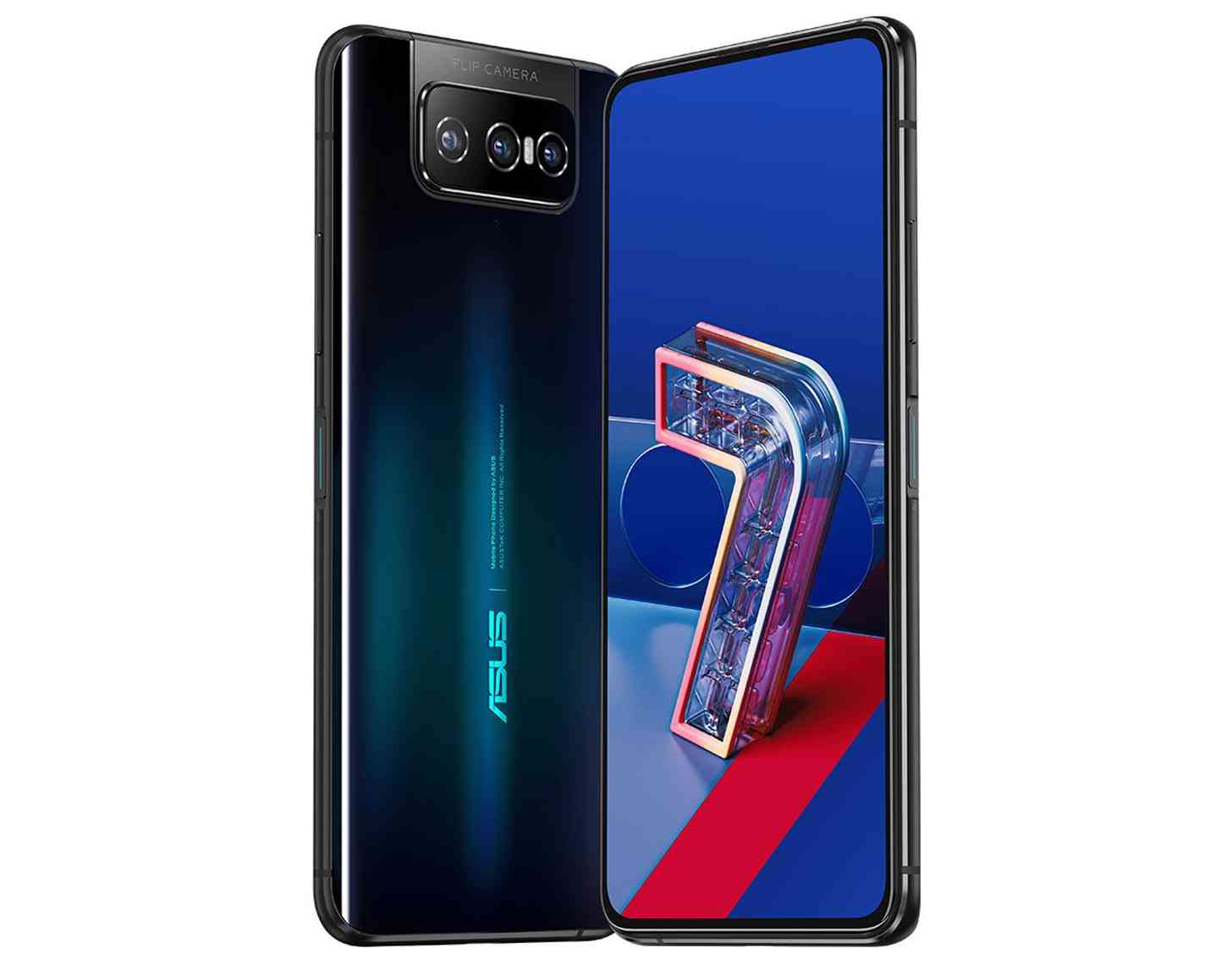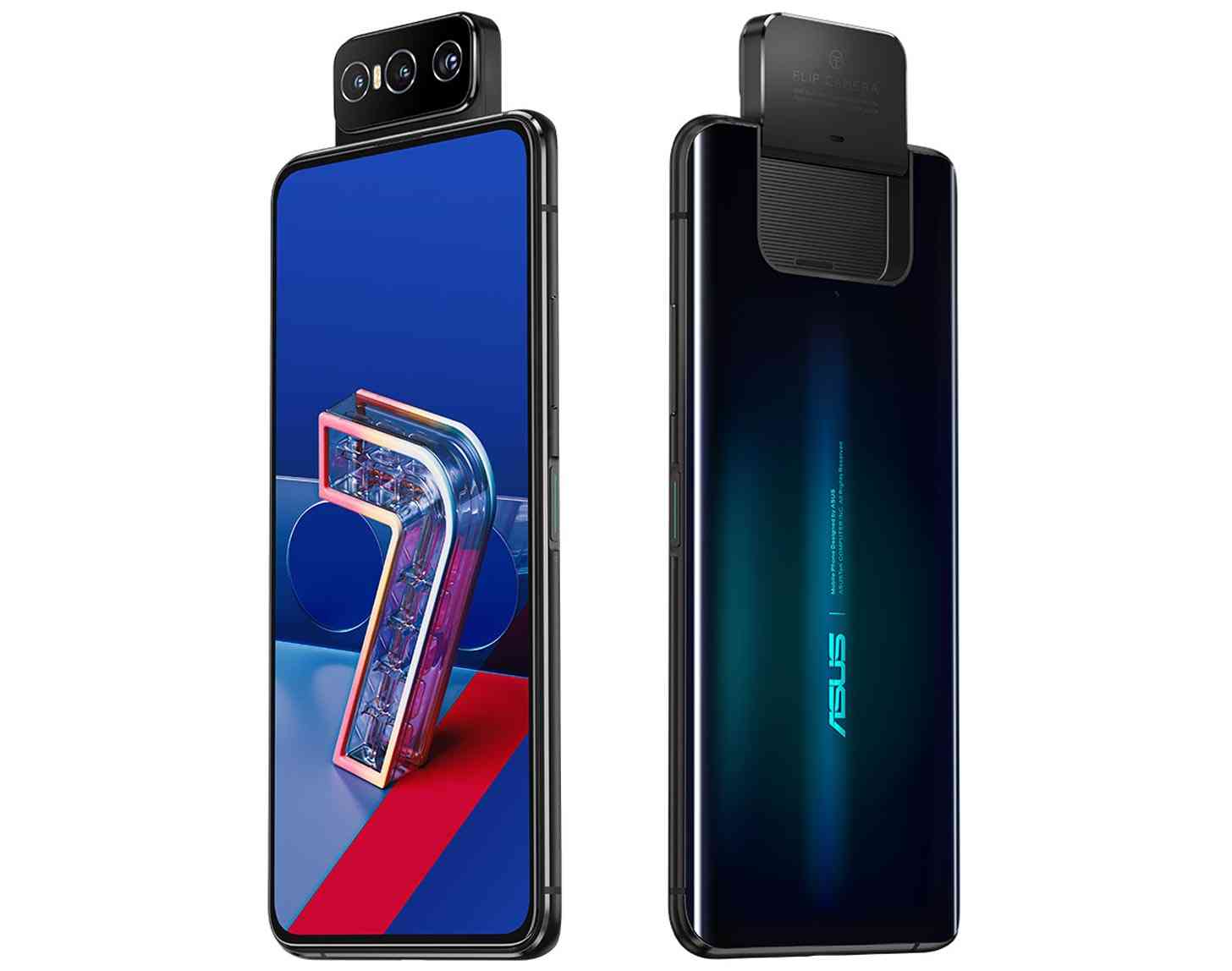
Last year, ASUS launched its ZenFone 6 with a new flip camera mechanism to avoid using a notch or hole-punch design. Now ASUS is back with the ZenFone 7 and it's improved on the flip camera setup.
The ASUS ZenFone 7 and ZenFone 7 Pro both feature a flip camera design that'll rotate the rear cameras to face you when it's time to take a selfie. ASUS says that the motor inside the flip camera is rated for 200,000 flips, which is double the number of the ZenFone 6 motor.
The ZenFone 7's flip camera has also added a third camera. There's a 64MP main cam with Sony IMX686 sensor, 1/1.7-inch sensor size, and quad pixel tech to help you churn out photos with better low-light performance. The 8MP telephoto camera offers 3x optical zoom, and there's a 12MP ultra-wide camera as well.
ASUS has packed a 6.67-inch 2400x1080 AMOLED display into the ZenFone 7 and 7 Pro that offers a 90Hz refresh rate and Gorilla Glass 6. Both models are powered by a 5000mAh battery with fast wired charging support, and there's a fingerprint reader built into the side of both the ZenFone 7 and 7 Pro.

When it comes to the differences between the two models, the ZenFone 7 Pro gets a Snapdragon 865 Plus processor and 8GB of RAM standard, while the ZenFone 7 has a slightly slower non-Plus Snapdragon 865 chip and either 6GB or 8GB of RAM. The ZenFone 7 Pro also comes with 256GB of storage while the ZenFone 7 gets 128GB, but both phones do have a microSD card slot to let you add more storage if you'd like.
Rounding out the spec lists of both phones is a USB-C port that pulls double duty for charging and wired headphones (no 3.5mm jack here), NFC, stereo speakers, and sub-6GHz 5G support.
The ZenFone 7 and 7 Pro are launching in Taiwan today with pricing set at NT$21,990 ($749 USD) and NT$27,990 ($953 USD), respectively.
Unfortunately, there's no word on the ZenFone 7 launching in the US, but it should begin arriving in Europe on September 1.
Overall it looks like the ZenFone 7 and 7 Pro have some solid upgrades over the ZenFone 6, including an upgraded CPU, a high refresh rate display, and an improved camera flipping mechanism with a third camera. And while that flipping camera mechanism may not appeal to everyone, it does mean you can use the higher-quality rear cameras for your selfies.